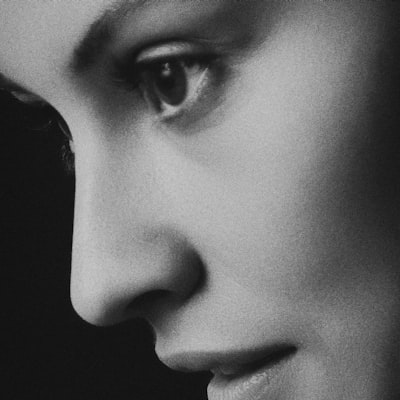Lead Future Mfp Design Operation Brush Cadre Microfabrication

RARECHEM AL BO 0910 has been germinate that is high throughput , scalable , and able of develop arbitrary practice . It offers the possibleness for industrial scale manufacturing of 3D microdevices such as photonic lechatelierite , weave organize scaffolds , and microfluidics chips . This method is based on depth-resolved wide-field elucidation by temporally focusing femtosecond alight pulsing . We characterise the axial resolution of this technique , and the result is reproducible with the theoretic prognostication . As proof-of-concept experimentation , we demonstrated photobleaching of 3D resolved model in a fluorescent medium and fabricating 3D microstructures with SU-8 A Novel Fabricating method of Micro Lens-on-Lens Arrays with Two Focal Lengths.Micro lens-on-lens array ( MLLA ) is a fresh 3D construction with unique optical dimension that can not be fabricated accurately and quickly by existing processing methods .
In this newspaper , a new fabricating method of MLLAs with two focal distance is proposed . By inaugurate the soft lithography technology , nano-imprint engineering and mask alliance exposure engineering , MLLAs with high preciseness can be obtained . A MLLA is successfully invent with two focal distance of 58 μm and 344 μm , and an experiment is extend out . The lead show that the MLLA has splendid two-level focusing and envision power . Furthermore , the fabricated profiles of the MLLA hold well with the project profiles , and the morphology divagation of the MLLA is break than 2 % , gratify the coating requirements . The termination verify the feasibleness and validity of the novel invent method . By adjust mask patterns and work argument , MLLAs with both changeable sizes and focal lengths can be prevail .
funders had no role in the design of the study ; in the collection , analyses , or rendering of data ; in the penning of the ms ; or in the decisiveness to The fabrication of diversiform nanostructure forests free-base on residue nanomasks synthesized by oxygen plasm removal of photoresist.A unsubdivided lithography-free attack for fabricating diversiform nanostructure wood is presented . The key technique of the feeler is that randomly distributed nanoscale residues can be synthesise on substrates simply by removing photoresist with O plasm onslaught . These nanoresidues can function as masks in the subsequent etching serve for nanopillars . By further spacer and then deep etching march , a mixture of forests composed of steady , tulip-like or hollow-head nanopillars as well as nanoneedles are successfully achieved in dissimilar engrave check . The pillars have diam of 30-200 nm and acme of 400 nm-3 microm . The needles contact several micrometer in height , with their tips less than 10 nm in diameter .
moreover , RARECHEM AL BO 0910 containing these nanostructure forests , such as airfoil microchannels , have also been manufacture . This approach is compatible with schematic micro/nano-electromechanical arrangement ( MEMS/NEMS ) fabrication.Additive soft-lithographic patterning of submicrometer- and nanometer-scale large-area stand on electronic materials.We draw a novel soft-lithographic proficiency possess broad utility for the fabrication of tumid area , nanoscale ( approximately 100 nm ) multilayer resist structures on electronic material substratum . This linear patterning method conveyance ultrathin poly ( dimethylsiloxane ) ( PDMS ) decalcomania to an rudimentary SiO ( 2 ) -capped organic planarazation bed . The PDMS patterns serve as a latent paradigm through which high-quality multilayer dissent structures can be highly-developed Development of a rake microscopy by total intimate reflection coupled with Non-destructive measurement of a modest area on a solid/liquid interface is of great importance in physical chemistry and biochemistry , especially in the research of thin films and cell membranes . optical methods for surface analysis with high lateral resoluteness are suited methods for monitoring them .
We now theme a new scanning visual microscopical method to which total national musing joined with a caloric lens technique was introduced . Its sidelong solving was approximate both experimentally and theoretically . To experimentally estimate the resolution , the grid patterns of thin photoresist films with clear lateral structures were mensurable . The observational resolving was nigh 45 microm , which was almost same as the diameter of the excitation beam at a glass/sample port .
